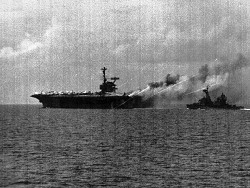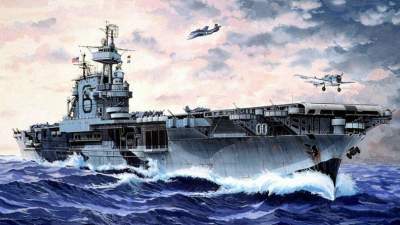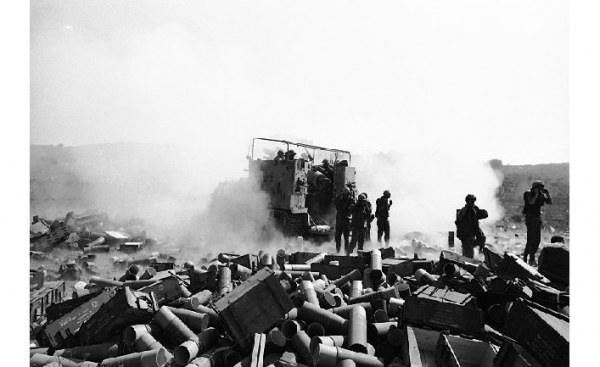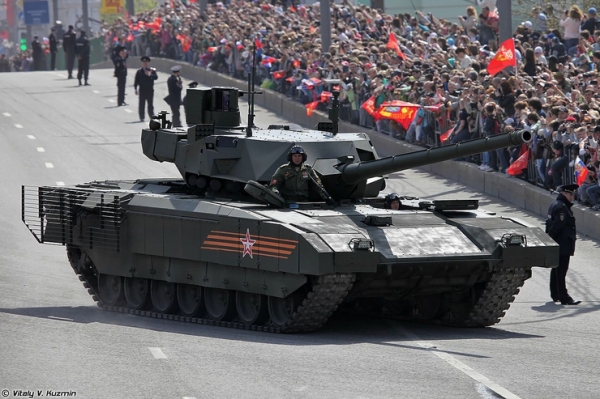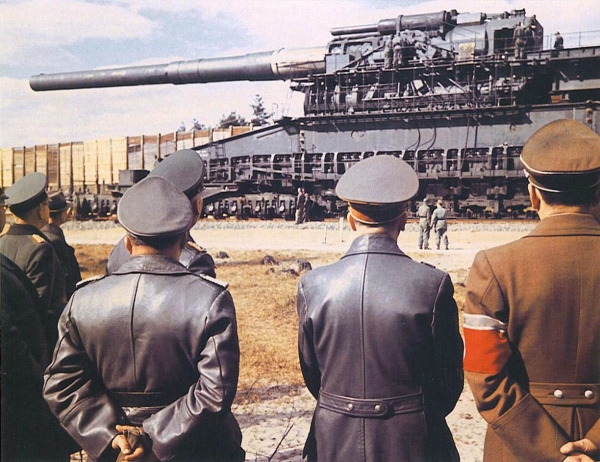
The most unusual weapons of the Second world war
World war II was a springboard for the realization of the most fantastic projects of military designers. The arms race led to the creation of huge guns, radio-controlled bombs and submarines-aircraft carriers. On the anniversary of the start of the war recall its most unusual weapons.
Air carriers

Since the early 1930-ies in the Soviet Union engineer Vladimir Vahmistrov developed the project “Link”, which involved the use of aircraft carrier to be dropped at long distances from 1 to 5 fighters. In addition to extending the range of single-engine aircraft, the most important task was the use of fighters as dive bombers for precision bombing of large shells.
As carriers used aircraft Tupolev (TB-1, TB-3), as the fighter – machine Polikarpov (I-3, I-4, I-16). When using TB-5 and I-16 range fighter was increased by 80%, and bomb load – in 5 times!
During one of the tests of the error, the fighter was disconnected from the carrier to the readiness of the pilot, but nothing happened. Interestingly, the “emergency” plane piloted by Chkalov himself. Thanks to the incident we found out that the thus formed large asymmetry does not affect the controllability of the aircraft carrier: the fighters could “break away” from the aircraft carrier independently of each other.
Baptism of fire “Level” occurred on 26 July 1941. After a number of unsuccessful attempts of the bombers to blow up the Bridge of Charles I on the Danube in the future, it was decided to use aircraft carriers. The test task was to bomb oil storage in the Romanian Constanta. During an air strike fighter jets loaded with bombs are disconnected from the carriers at a distance of 40 km from the tanks and after successfully hitting the target returned to the airport of Odessa.
“B-4” and “Goliath”
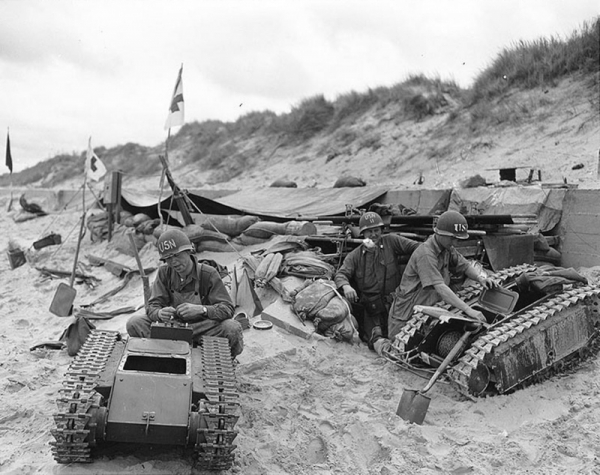
Tracked self-propelled mine “Goliath” was used by Germany throughout the war and was intended to destroy tanks, dense infantry formations, and demolition of buildings. RC car had a small size – 150 x 85 x 56 cm and carried 75 to 100 kg of explosives.
In total, Germany produced 7564 “Goliath,” however successful this project is difficult to call, primarily because of its high cost, but also because of the low velocity wedge (9.5 km/h), weak cross, the vulnerability of wire and thin armor.
Self-propelled installation “B-4” was a much larger “Goliath”. Unlike the latter, it was designed for reusable application, as it does not hit the target, and threw mine. However, its effectiveness was low – very often, disabling the car and remained on the battlefield.
“Dora” and “Gustav”
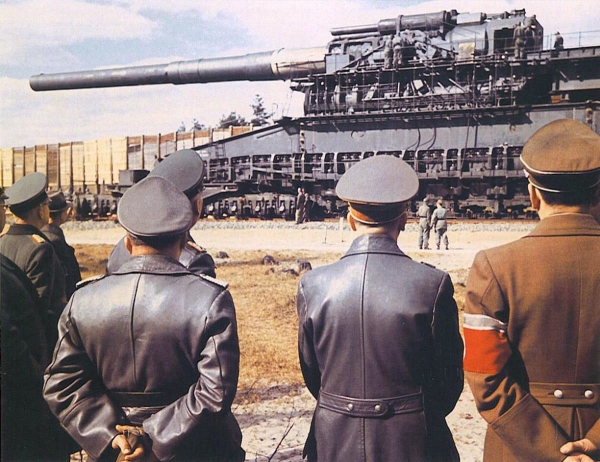
Two guns the German super-heavy 800 mm caliber “Gustav” and “Dora” was released on the concern “Krupp” in the second half of the 1930-ies. The requirements of these instruments meant that they had to break through the concrete thickness of 7 m, armor – 1 m, hard soil – 30 m. the Maximum range of the guns should be 45 km and have vertical guidance angle +65 degrees.
Test “Dora” and “Gustav” was completed only in late 1942. The guns were delivered to the troops along with a hundred shells 800 mm caliber, each of which reached 4 meters in length.
Gustav was never used in battle, and “Dora” took part in the war only twice. The gun fired 42 shots during the siege of Sevastopol and about 30 shots at the suppression of the Warsaw uprising. According to weapons expert Alexander Ludeke, in the end, these technological masterpieces, was “a waste of labor and materials.”
Submarine-aircraft carrier
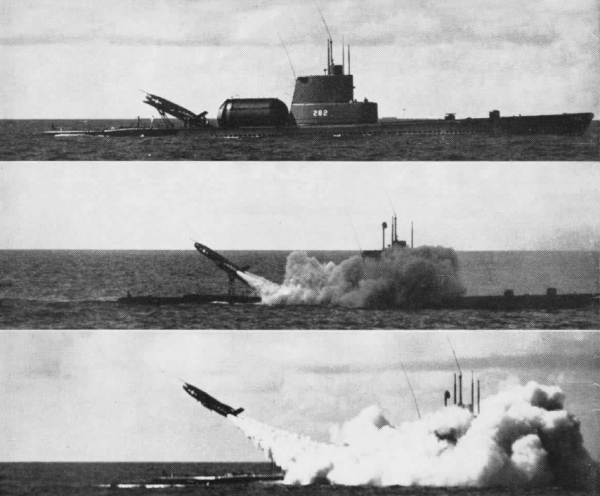
In 1943, Japan started the development of the submarine I-400 which was to be the biggest submarine world war II. It was built three submarines of the planned 18. The first went down to the water 30 December 1944, followed by second, third very long completed, but never went to sea.
Armament of the submarine consisted of 20 torpedoes, siege 140-mm deck weapons, three units of 25-mm machine guns, one anti-aircraft guns and three aircraft “Aichi М6А1 Saran”.
In order to make room for the planes fuel tanks and aviation fuel tanks were placed outside the submarine. Cylindrical hangar (3.5 meters in diameter and 37.5 in length) for the storage of three aircraft positioned above the body in the Central part of the boat. Length of the submarine has reached 122 metres, the tonnage amounted to 3530 tons, and the team consisted of 144 people.
Two submarines I-400 and I-401 has decided to use the in August 1945 during the operation “Hikari” to destroy U.S. aircraft carriers near the Ulithi Atoll. However, by the time the start of operation of Japan announced the surrender of the submarine ignominiously surrendered to us troops.
Chain trawls
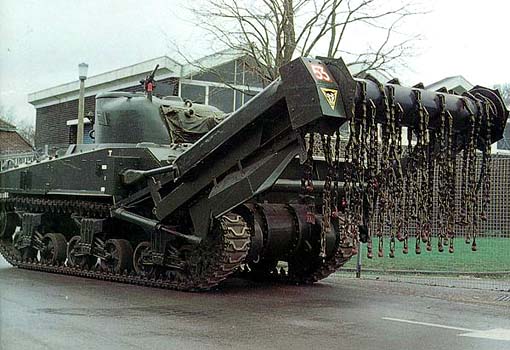
The idea to use chains for mine explosion during equipment movement came to a head engineer from South Africa to Alexander du Tokyo, which has offered to install a front armor of a special rotating drum with massive metal chains.
Americans its tests have confirmed the validity of the idea of a South African engineer and in 1942 the first production vehicles were installed on the tanks “Matilda”. The experience of the Americans adapted the British, who adapted the trawls, which they called “Crab” tanks “Sherman”.
The essence of the trawl was to rotate by the drive engine of the tank the drum, which was assigned to 43 metal chain. The edges of the drum was set to an acute discs which revolve and cut the barbed wire. The front part of the tank from dust and dirt was protected by a special shield.
British and American troops with great success used similar trawls during operations in North-West Europe. Moreover, the tanks are equipped with trawls is not deprived of the opportunity to fully use their firepower.
RC bombs
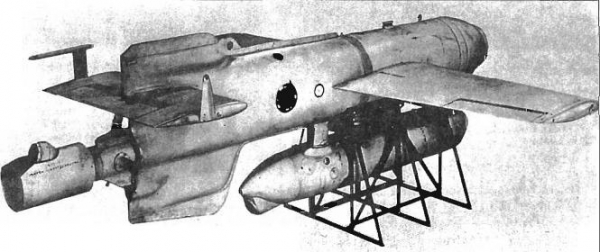
The main purpose of the German radio controlled bomb “Fritz-X” was to destroy heavily armored naval targets. It was a modification of the standard armor-piercing bomb SD 1400, but with improved aerodynamics, four small wings and tail.
With the help of bombs “Fritz-X” was sunk by Italian battleship Roma and the British cruiser Spartan. However, such bombs could not abruptly change direction: they should be reset, flying directly over the target that makes it very vulnerable to German bombers.
Another radio-controlled bomb of the Wehrmacht “Henschel Hs 293” was much more effective than the previous one. After the bombing of the rocket booster were dispersed for 10 seconds, then it was the stage of planning the deadly warheads. On the tail of the bomb was installed in the beacon, allowing the gunner to follow its flight at night.
For the first time “Henschel Hs 293” was applied in August 1943, sinking the British ship “Erget”. However, towards the end of the war, allied troops have learned to intercept frequency radio-controlled bombs, which allowed them to shoot down the direction of their flight.
